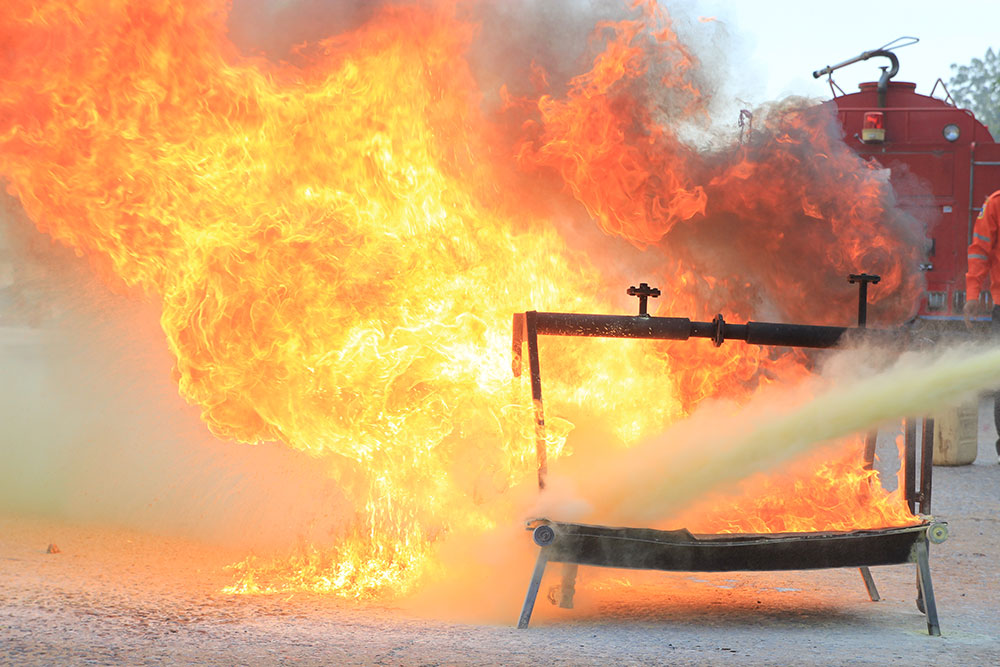

Industrial dust collection system is widely used in various industries. Understanding the significance, working principle, technical characteristics and functions of various components of industrial dust collection system can help to select dust collector manufacturers correctly.
An industrial dust collector is a type of air pollution control equipment used in industrial or commercial settings to meet the safety requirements of environment and workplace. Effective dust collection system removes potential harmful dust and fumes from manufacturing process or the air in the surrounding environment.
The equipment is specially designed to purify and filter hazardous dust and fine particulate in the work environment, to maintain and improve air quality. Types of dust can differ by industry, therefore, industrial dust collectors are designed for the extraction method required by each industry.
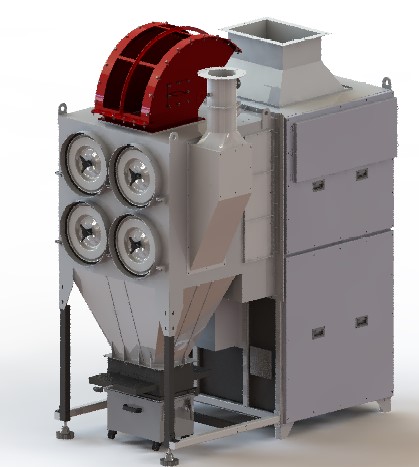
Dust collection systems work in general by drawing dust and particulates from the air through a filter and discharging the clean air back into the environment.
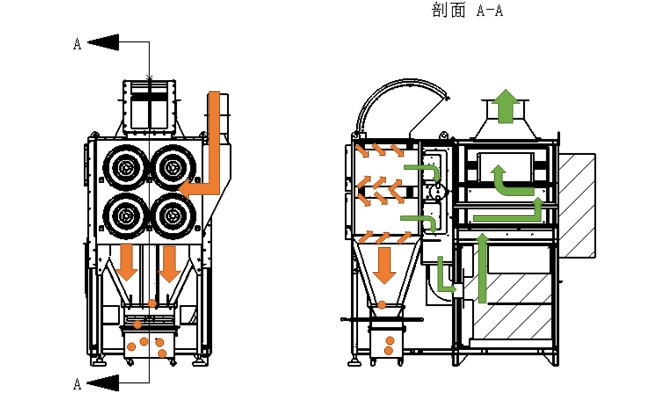
When the dust-laden gas enters the dust collector through ductwork, the airflow gets disturbed and subsequently slows down by encountering the spoiler. The coarse grain particles in the air flow settles down on the ash hopper under the action of gravity and dust particles with fine granularity and low density enters the dust filter chamber. Through the combined effect of Brown diffusion and filtration, dust deposits on the surface of the filter material, and the purified gas enters the chamber and is exhausted by the exhaust pipe through fan (as shown in figure).
The performance of an industrial dust collector depends upon numerous factors that varies from one system to next. Some of technical characteristics presented by dust collector manufacturers are mentioned below.
Vacuum / Suction Capacity:
Expresses how much negative pressure the dust collector is able to produce when the motor is running. The vacuum is measured in mm water column or in Pascal (Pa).
1 mm H2O column = 10Pa
The capability of vacuum cleaner to transport the air containing dust is airflow. The airflow is measured in l/sec or m3/hr.
The suction capacity indicates how powerful the dust collector is, and the air volume indicates how much air the dust collector is able to move. The suction power adds up the suction capacity and the air volume indicating how much power the dust collector has. The suction is measured in Watt (W).
Efficiency of dust collector:The efficiency of the dust collector can be expressed by the following equation:
Where ‘E’ is the dust collection efficiency, Q1 & Q2 are amount of dust entering and leaving the dust collector respectively.
A VILLO Vacuum industrial dust collector is composed of various components. Some of them are briefly described below.
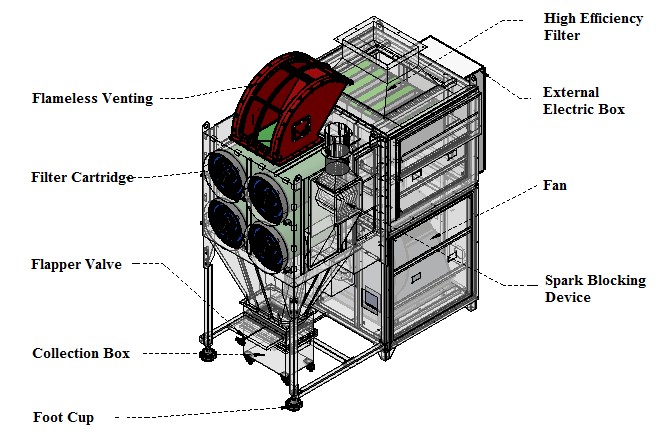
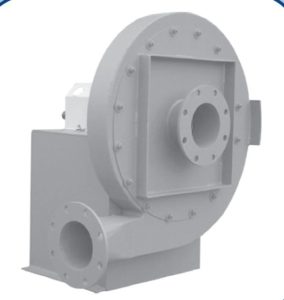
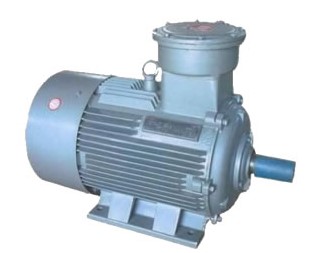
The fan is generally composed of an explosion-proof motor and a fan blade. The fan blade is equipped with a volute. The compact design reduces the area occupied by the machine while ensuring the negative pressure of the air volume.
Generally, a dust collection system utilizes two types of filters: the primary and secondary filter element. The type of filter element material depends upon the specific application. For instance, HEPA filter with filter cartridge coated with PTFE anti-static is used for flammable and explosive dust, etc.
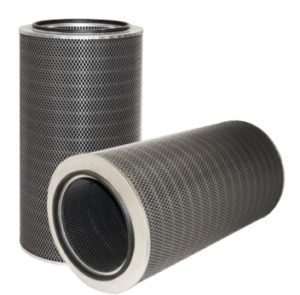
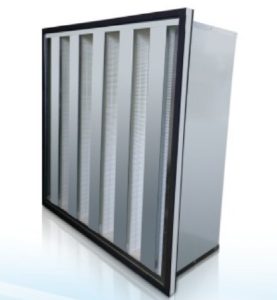
The self-cleaning module of an industrial dust collector includes a cylinder and a solenoid valve. The solenoid valve is automatically controlled by PLC through the feedback signal from the differential pressure monitor. The back blowing can be opened according to the blockage of the filter element.
Differential pressure gauge measures the pressure drop through a dust collector to effectively monitor the health of dust collection system.
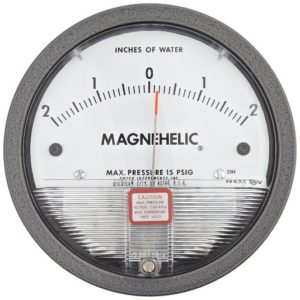
In dust collection systems, the function of PLC is to control the pulse valve. The pulse valve turns on and off depending upon the differential pressure value. The touch screen provides a human-computer interaction interface, for setting the limits of temperature value, and differential pressure blowback.
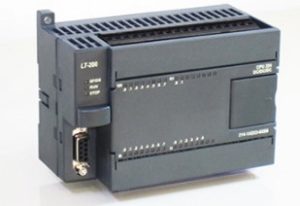
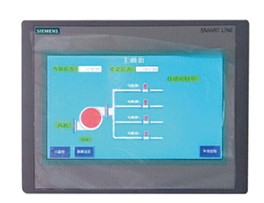
The flameless explosion venting device in an industrial dust collector includes two parts: an explosion isolation flap valve and a flame arrestor. The flap valve stops flame propagation in air ducts, protecting the rest of ducts while the quench device avoids transmission of flames into the atmosphere.
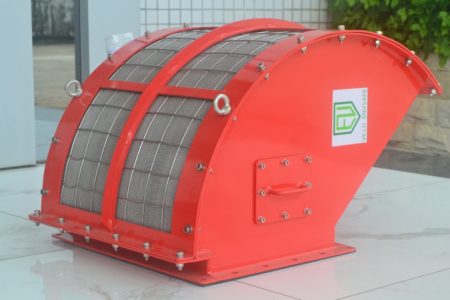
VILLO Vacuum as a dust collector manufacturer has been specializing in industrial dust collectors for more than 10 years. We are equipped with a senior technical team to provide the best solution regarding industrial dust collection system. If you are looking for industrial dust collector manufacturer, VILLO Vacuum welcomes the chance for cooperation.
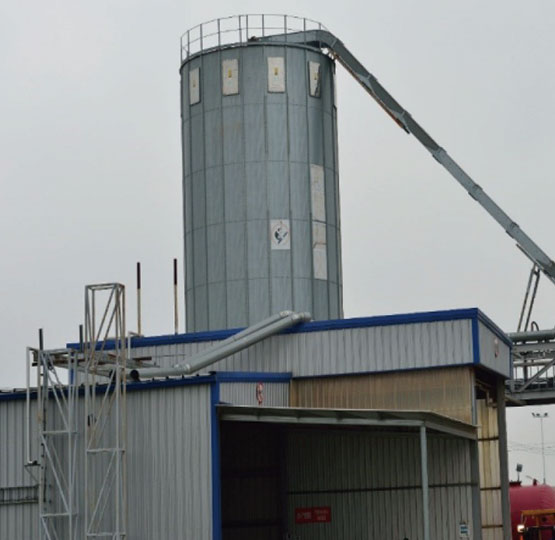
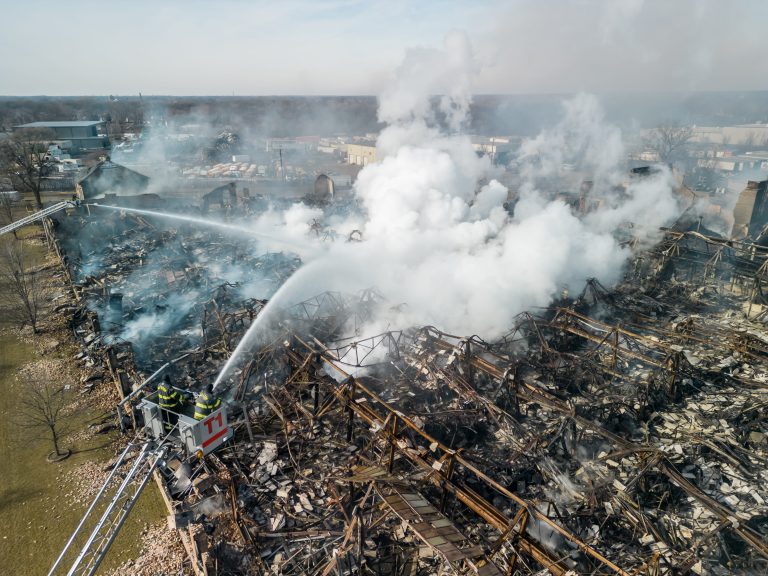
English
Français
Deutsch
Indonesia
日本語
한국어
แบบไทย
Tiếng Việt